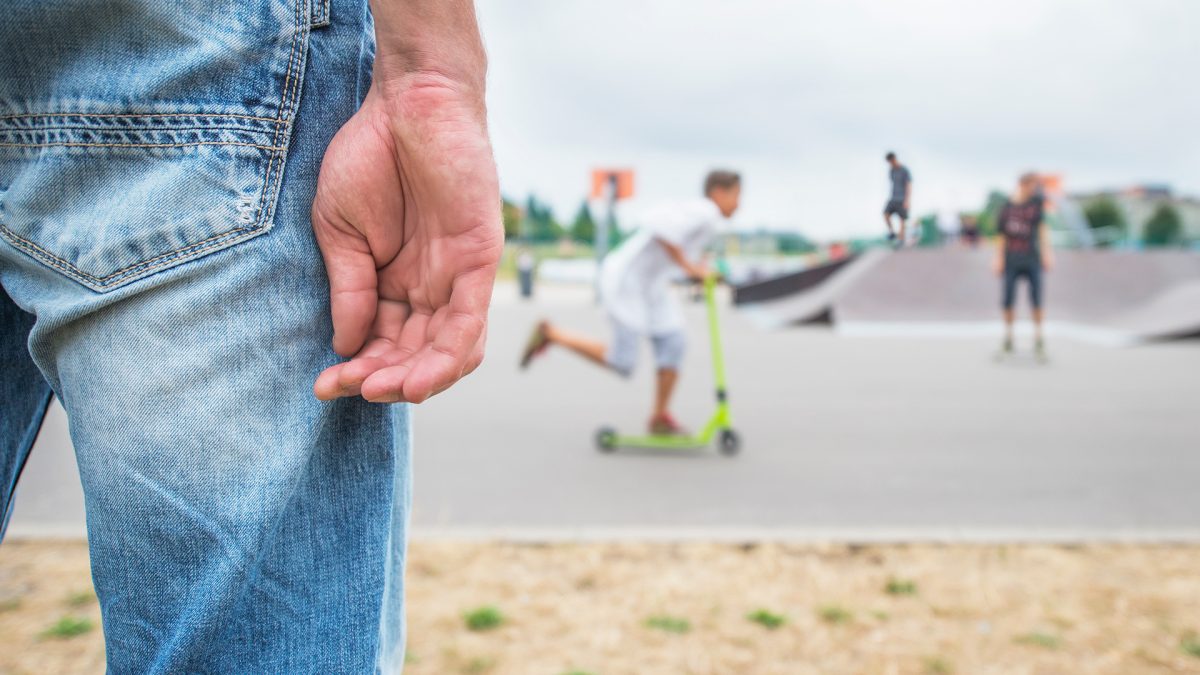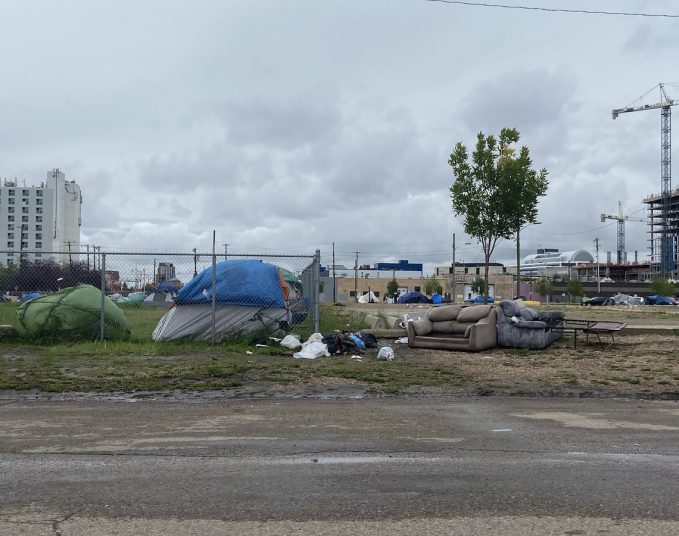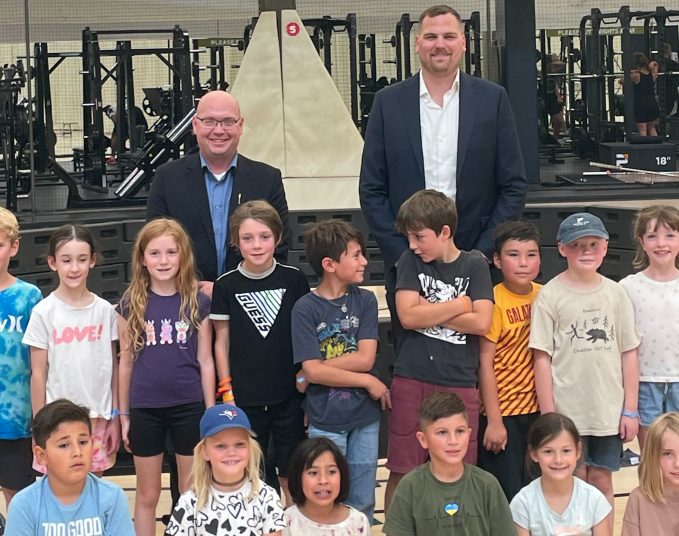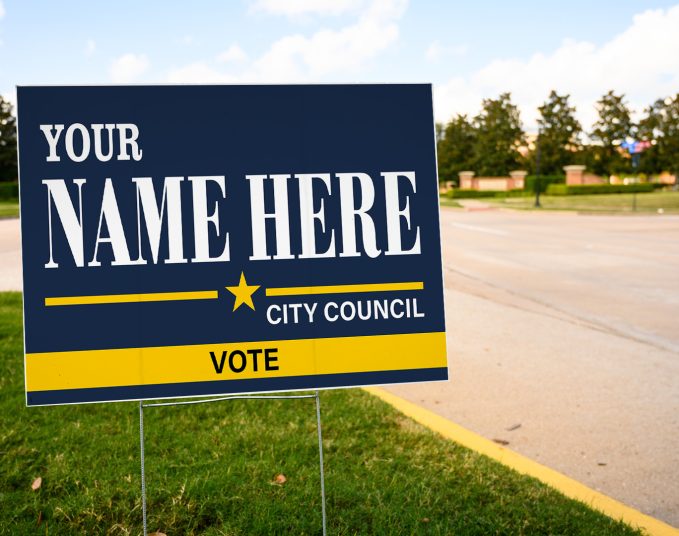There is this story I tell from time to time about the trailer court where I grew up. When I walked out my front door and looked to the right, I saw a small concrete pad that was home to two tattered ball hockey nets. When I looked to my left there was a stand of poplar trees. Within that treestand lingered a group of my peers ensnared by the drugs of the day — mostly angel dust, as I recall.
For reasons I can’t really explain, I always turned right. I was attracted to the ball hockey game.
While I never remember ever feeling hungry as a kid, there were long stretches of poverty and family stress. There was alcoholism and addiction in my family — maybe not much — but enough to notice. Things weren’t perfect. I was by many definitions a vulnerable kid surrounded by vulnerable kids.
Our trailer court was named Poplar Ridge. The kids in school called it Poverty Ridge.
So when that ball hockey game took root, the only reason I had to explain my attraction to it was that it was there. It was there in contrast to the other choices being offered by local drug pushers and the hallucinations in the tree stand.
Research indicates that participation in sports can serve as a protective factor against substance abuse. Mountains of studies can be found proving that adolescents involved in sports were less likely to engage in illicit drug use compared to their non-participating peers.
The United Nations Office on Drugs and Crime highlights that sport-based interventions focusing on life skills development, such as self-esteem and effective communication, can reduce delinquency and drug use among youth.
For years, we’ve known that sports and recreational activities build character, connection, and resilience—qualities that can steer young people away from dangerous choices. Yet, when we talk about tackling addiction in Edmonton, we rarely acknowledge the power of upstream investment in youth sports. That needs to change.
In Edmonton, youth addictions continue to be a serious issue. It was reported this week that Edmonton’s overdose deaths have tragically increased this year over last. Whether the victims were young or not, questions remain. Had there been greater interventions and sports opportunities when any of these people were kids, would things have turned out differently?
I know this stuff is complex and “what if they’d only played more sports” is not the only question here. I am not trying to oversimplify. What I am trying to say is there are some fairly obvious upstream approaches that, based on the current political dialogue, don’t get the attention they deserve.
Sports is one of the best tools we already have. Not just for the sake of physical activity, but as a vehicle for belonging, mentorship and structure — three things that can make the difference between young people finding their passions, building lives and good habits or falling into cycles of addiction.
In Edmonton we have great examples leading the way. Free Play, KidSport, Sports Central, Every Kid Can Play, Kids Up Front, The Edmonton Riverhawks Community Foundation (disclosure below) and scores of community leagues running soccer and other programs. They are all taking a really good crack at this. They all grind away, raising money and doing their bit, but they alone can’t stem the rising tide of addictions and despair we see so glaringly in front of use these days.
Our political discourse needs to focus on pragmatic solutions. We need to reorient away from arguing about $25 fines versus $250 fines for illegal public drug use to a unifying conversation about the best ways to prevent kids from being sucked into addictions at all.
Can we use our amazing recreation centres primarily as afterschool programming, dialed in on attracting and supporting vulnerable youth?
Can we pump the aforementioned organizations full of money presently spent elsewhere to aid them in their mission to give kids a better start in their lives?
Can we build baseball diamonds and three-on-three basketball courts in every neighbourhood, which would be a fraction of the cost of the policing and health care costs associated with street level addiction and loss of life across our city?
Maybe we can even build a few more simple concrete pads and bolt a few ball hockey nets on them.
Because what research tells us — and what I know from the lessons I learned in “Poverty Ridge” — is that if we give kids one reason to turn away from drug use, they just might take it.
Michael Walters is a Partner at Berlin Communications, a former Edmonton City Councillor and Chair of the Edmonton Riverhawks Community Foundation.
Savvy AF. Blunt AF. Edmonton AF.




